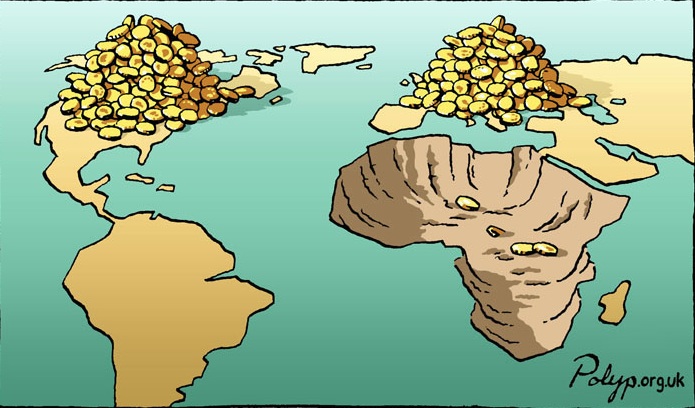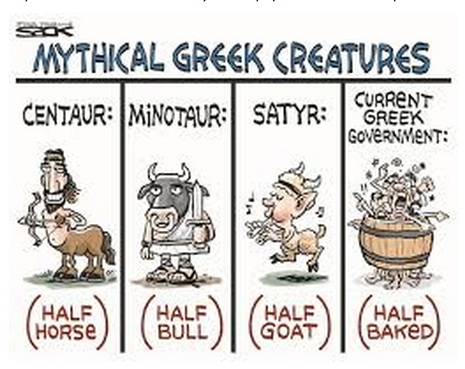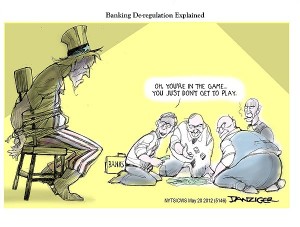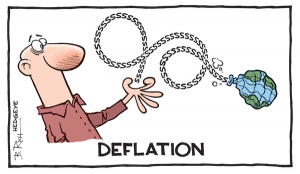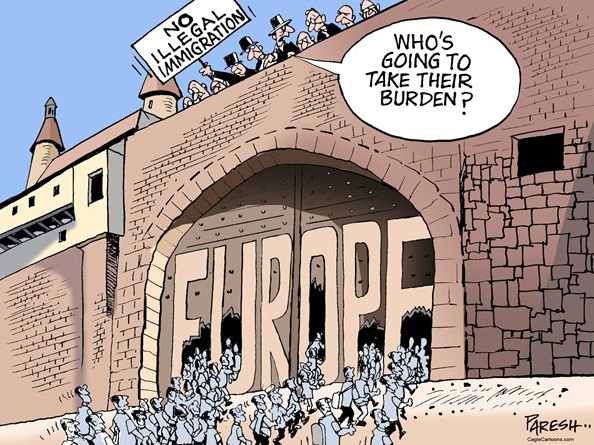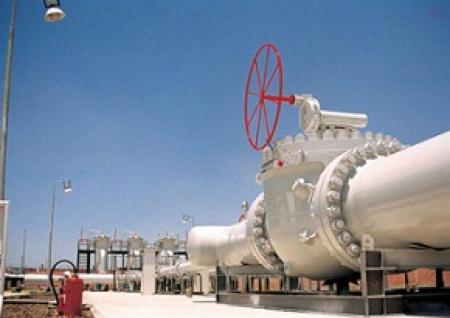Michael From an and Dana J. Hyde write: Africa’s rise challenges the imagination. During the last decade, Sub-Saharan Africa was home to six of the world’s ten fastest-growing economies. During the next five years, the region’s GDP is expected to grow 30% faster than that of the rest of the world. And, during the next 35 years, the continent will account for more than half of the world’s population growth, according to the United Nations.
The African Growth and Opportunity Act (AGOA) has been tremendously effective since its enactment in 2000. By removing tariffs on exports to the United States from 39 Sub-Saharan countries, it has stimulated growth, encouraged economic integration, and created opportunity where it otherwise might not have existed.
Tariffs are no longer the biggest constraint on trade in Africa. Today, the chief impediments are supply-side constraints, which require well-designed strategies and capacity-building efforts so that AGOA’s members can take full advantage of the program’s benefits.
Making the most of AGOA will also require improvement in the infrastructure – physical and institutional – necessary for promoting investment and facilitating trade. The issues that need to be addressed include the lack of reliable, affordable electricity, high transportation costs, and weak and inefficient trade-related facilities.
Consider the challenges faced by Brazzaville, in Congo, and Kinshasa, in the neighboring Democratic Republic of Congo. These two cities, separated by the Congo River, are expected to grow to a combined total of nearly 20 million residents by 2025. But, because of poor infrastructure and inefficient customs procedures, only 1.1% of Congo’s imports come from its neighbor.
According to the World Bank, getting a container across the Congo River costs almost $4,500, and the total can top $10,000 once the cost of inland transportation is added. By contrast, moving an identical container with the same cargo from Malaysia to Singapore costs less than $1,000.
Africa needs to build its capacity to trade competitively in today’s global economy.
Even as we consider how to make the most of AGOA’s historic renewal, we need to look beyond 2025 and imagine what a deeper, more mature economic partnership might entail.
As President Obama made clear at the US-Africa Leaders Summit in Washington, DC, a year ago, the US is not new to Africa. We have been engaged in Africa for decades, not as a colonial power, but as a partner. And that partnership is based not on extracting resources from the region, but on unlocking growth for all.

